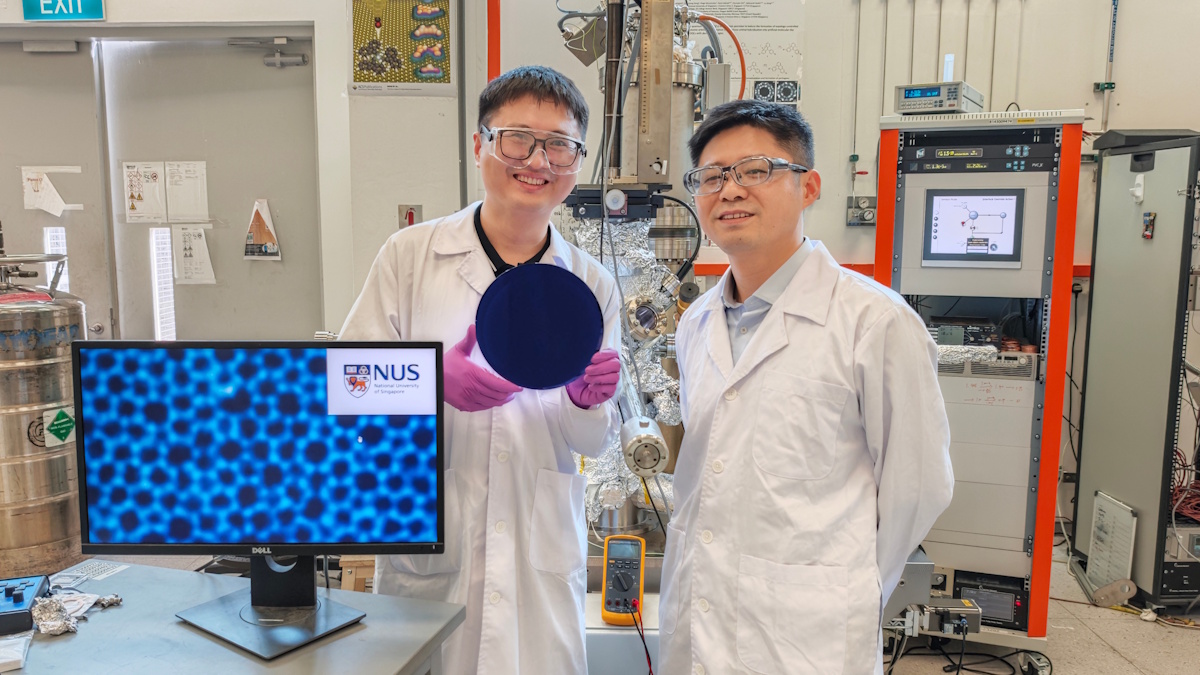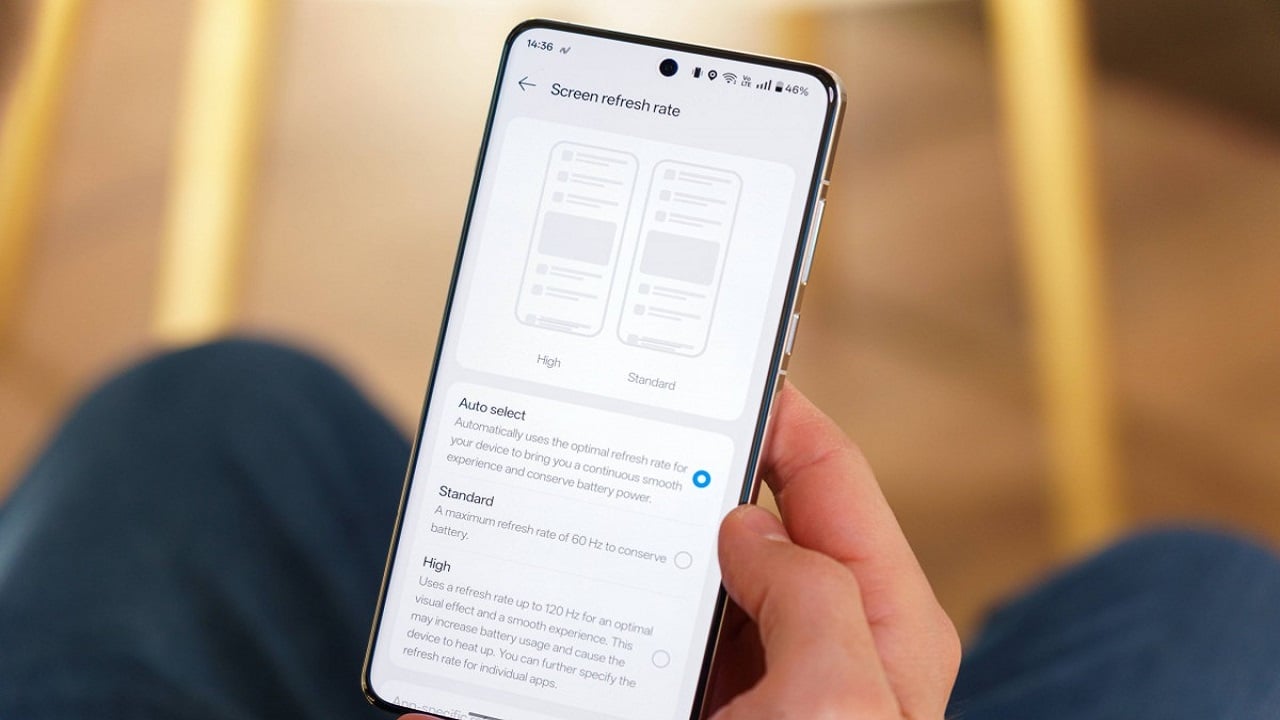World Health Organization. Global tuberculosis report 2022. Geneva: World Health Organization. 2022. Available at https://www.who.int/teams/global-tuberculosis-programme/tb-reports/global-tuberculosis-report-2022. Accessed 14 Nov 2023.
Uplekar M, Weil D, Lonnroth K, Jaramillo E, Lienhardt C, Dias HM, et al. WHO’s new end TB strategy. Lancet Lond Engl. 2015;385:1799–801.
Google Scholar
World Health Organization. Global tuberculosis report 2021. Geneva: World Health Organization. 2021. Available at https://www.who.int/publications/i/item/9789240037021. Accessed 14 Nov 2023.
Liu JJ, Zhao YL, Chen MT, Xu CH, Zhang H. The guideline of tuberculosis control and prevention in China. Beijing: People’s Medical Publishing House; 2021.
Google Scholar
Xiao X, Chen J, Jiang Y, Li P, Li J, Lu L, et al. Prevalence of latent tuberculosis infection and incidence of active tuberculosis in school close contacts in shanghai, china: baseline and follow-up results of a prospective cohort study. Front Cell Infect Microbiol. 2022;12:1000663.
PubMed
PubMed Central
Google Scholar
Hartman-Adams H, Clark K, Juckett G. Update on latent tuberculosis infection. Am Fam Physician. 2014;89:889–96.
PubMed
Google Scholar
Hu Y, Zhao Q, Wu L, Wang W, Yuan Z, Xu B. Prevalence of latent tuberculosis infection and its risk factors in schoolchildren and adolescents in shanghai, China. Eur J Public Health. 2013;23:1064–9.
PubMed
Google Scholar
National Bureau of Statistics of China. China Statistical Yearbook. 2022. 2022. Available at http://www.stats.gov.cn/sj/ndsj/2022/indexch.htm. Assessed 12 Nov 2022.
Xu KJ. The cost-effectiveness analysis of active chest X ray screening for tuberculosis in mass population and the study of distinguish NTM and MDR-TB from tuberculosis in China. Zhejiang Univ. 2014.
Sterling TR, Villarino ME, Borisov AS, Shang N, Gordin F, Bliven-Sizemore E, et al. Three months of rifapentine and Isoniazid for latent tuberculosis infection. N Engl J Med. 2011;365:2155–66.
PubMed
Google Scholar
Belknap R, Holland D, Feng PJ, Millet JP, Cayla JA, Martinson NA, et al. Self-administered versus directly observed once-weekly Isoniazid and rifapentine treatment of latent tuberculosis infection: a randomized trial. Ann Intern Med. 2017;167:689–97.
PubMed
PubMed Central
Google Scholar
Menzies D, Adjobimey M, Ruslami R, Trajman A, Sow O, Kim H, et al. Four months of Rifampin or nine months of Isoniazid for latent tuberculosis in adults. N Engl J Med. 2018;379:440–53.
PubMed
Google Scholar
Jimenez-Fuentes MA, de Souza-Galvao ML, Mila Auge C, Solsona Peiro J, Altet-Gomez MN. Rifampicin plus Isoniazid for the prevention of tuberculosis in an immigrant population. Int J Tuberc Lung Dis. 2013;17:326–32.
PubMed
Google Scholar
Gao L, Li X, Liu J, Wang X, Lu W, Bai L, et al. Incidence of active tuberculosis in individuals with latent tuberculosis infection in rural china: follow-up results of a population-based, multicentre, prospective cohort study. Lancet Infect Dis. 2017;17:1053–61.
PubMed
Google Scholar
Mandal P, Craxton R, Chalmers JD, Gilhooley S, Laurenson IF, McSparron C, et al. Contact tracing in pulmonary and non-pulmonary tuberculosis. QJM. 2012;105:741–7.
PubMed
Google Scholar
Xu J, Hu Y, Jiang W, Hong J, Tang L, Yang M, et al. [prevalence and risk factors of latent tuberculosis infection in close contacts of tuberculosis patients among non-resident populations in shanghai, china]. Zhonghua Jie He He Hu Xi Za Zhi. 2016;39:25–9.
PubMed
Google Scholar
Xin H, Cao X, Zhang H, Feng B, Du Y, Zhang B et al. Protective efficacy of 6-week regimen for latent tuberculosis infection treatment in rural china: 5-year follow-up of a randomised controlled trial. Eur Respir J. 2022;60:2102359.
World Health Organization. WHO Tuberculosis (TB) database downloads. Geneva: World Health Organization; Available at https://www.who.int/teams/global-tuberculosis-programme/data. Accessed 5 Mar 2022.
Li BY, Shi WP, Zhou CM, Zhao Q, Diwan VK, Zheng XB, et al. Rising challenge of multidrug-resistant tuberculosis in china: a predictive study using Markov modeling. Infect Poverty. 2020;9:65.
Google Scholar
Houben R, Menzies NA, Sumner T, Huynh GH, Arinaminpathy N, Goldhaber-Fiebert JD, et al. Feasibility of achieving the 2025 WHO global tuberculosis targets in South africa, china, and india: a combined analysis of 11 mathematical models. Lancet Glob Health. 2016;4:e806–15.
PubMed
PubMed Central
Google Scholar
Xu K, Ding C, Mangan CJ, Li Y, Ren J, Yang S, et al. Tuberculosis in china: a longitudinal predictive model of the general population and recommendations for achieving WHO goals. Respirology. 2017;22:1423–9.
PubMed
Google Scholar
Williams B, Pickard L, Grandjean L, Pope S, Anderson SR, Morgan G, et al. The need to implement effective new entrant tuberculosis screening in children: evidence from school outbreak. J Public Health Oxf. 2016;38:e511–5.
PubMed
Google Scholar
Getahun H, Matteelli A, Chaisson RE, Raviglione M. Latent mycobacterium tuberculosis infection. N Engl J Med. 2015;372:2127–35.
PubMed
Google Scholar
Haukaas FS, Arnesen TM, Winje BA, Aas E. Immigrant screening for latent tuberculosis in norway: a cost-effectiveness analysis. Eur J Health Econ. 2017;18:405–15.
PubMed
Google Scholar
Pareek M, Watson JP, Ormerod LP, Kon OM, Woltmann G, White PJ, et al. Screening of immigrants in the UK for imported latent tuberculosis: a multicentre cohort study and cost-effectiveness analysis. Lancet Infect Dis. 2011;11:435–44.
PubMed
PubMed Central
Google Scholar
Zammarchi L, Casadei G, Strohmeyer M, Bartalesi F, Liendo C, Matteelli A, et al. A scoping review of cost-effectiveness of screening and treatment for latent tubercolosis infection in migrants from high-incidence countries. BMC Health Serv Res. 2015;15:412.
PubMed
PubMed Central
Google Scholar
Ronald LA, Campbell JR, Rose C, Balshaw R, Romanowski K, Roth DZ, et al. Estimated impact of world health organization latent tuberculosis screening guidelines in a region with a low tuberculosis incidence: retrospective cohort study. Clin Infect Dis. 2019;69:2101–8.
PubMed
PubMed Central
Google Scholar
Li Y, Zheng YH, Lu LP, Yang MX, Zhou CM, Yuan ZA, et al. Acceptance of chemo-prophylaxis for latent tuberculosis infection among high school/college student contacts of tuberculosis patients in shanghai, China. Biomed Env Sci. 2018;31:317–21.
Google Scholar
Fa L, Xu C, Cheng J, Zhang H. Acceptability of tuberculosis preventive treatment strategies among healthcare workers using an online survey – china, 2021. China CDC Wkly. 2022;4:211–5.
PubMed
PubMed Central
Google Scholar
Villarino ME, Scott NA, Weis SE, Weiner M, Conde MB, Jones B, et al. Treatment for preventing tuberculosis in children and adolescents: a randomized clinical trial of a 3-month, 12-dose regimen of a combination of rifapentine and Isoniazid. JAMA Pediatr. 2015;169:247–55.
PubMed
PubMed Central
Google Scholar
Swindells S, Ramchandani R, Gupta A, Benson CA, Leon-Cruz J, Mwelase N, et al. One month of rifapentine plus Isoniazid to prevent HIV-related tuberculosis. N Engl J Med. 2019;380:1001–11.
PubMed
PubMed Central
Google Scholar
World Health Organization. WHO consolidated guidelines on tuberculosis: module 1: prevention: tuberculosis preventive treatment. Geneva: World Health Organization. 2020. Available at https://www.who.int/publications/i/item/9789240002906. Accessed 28 May 2022.









